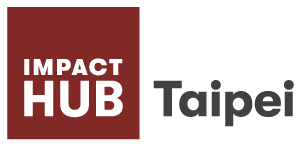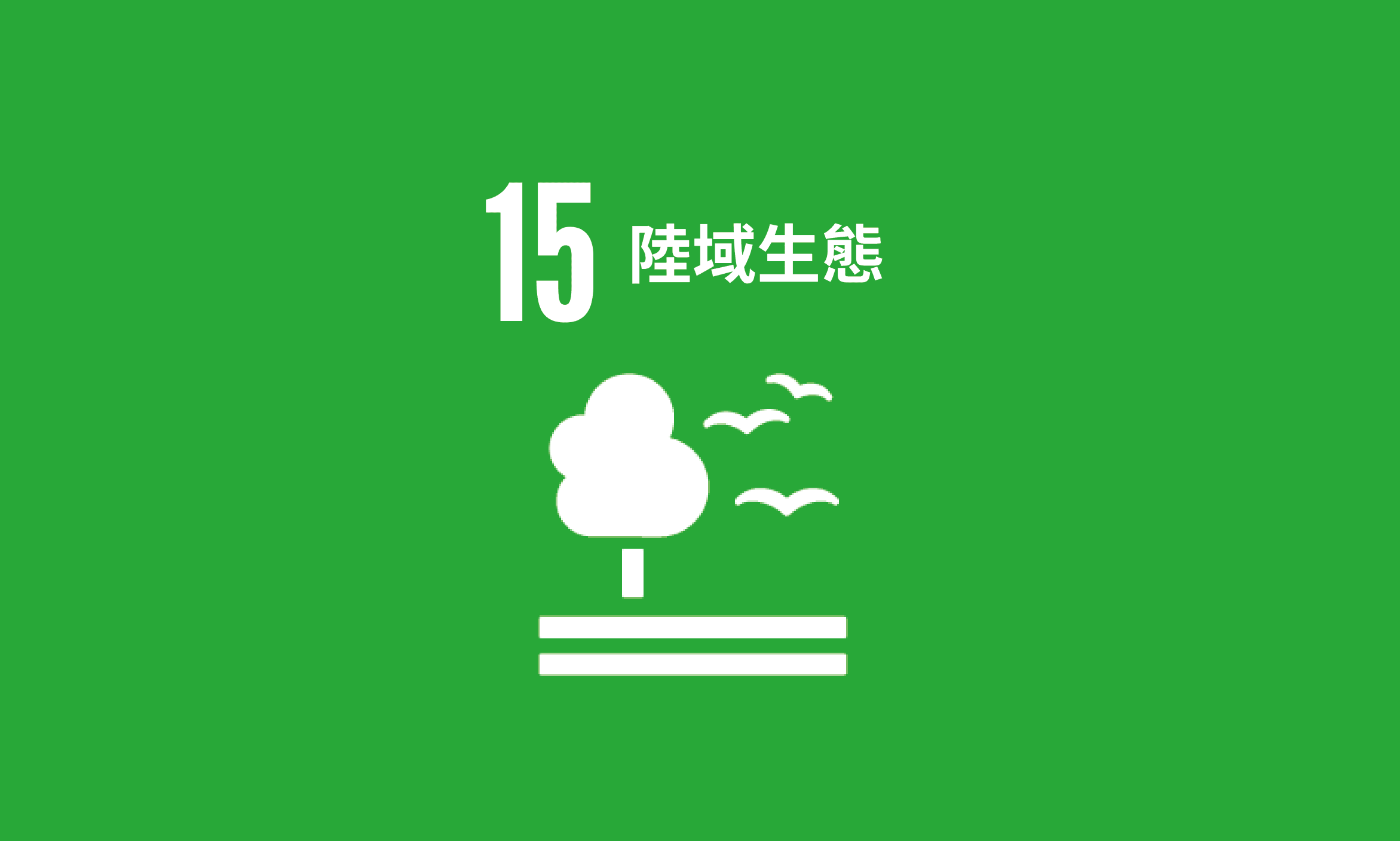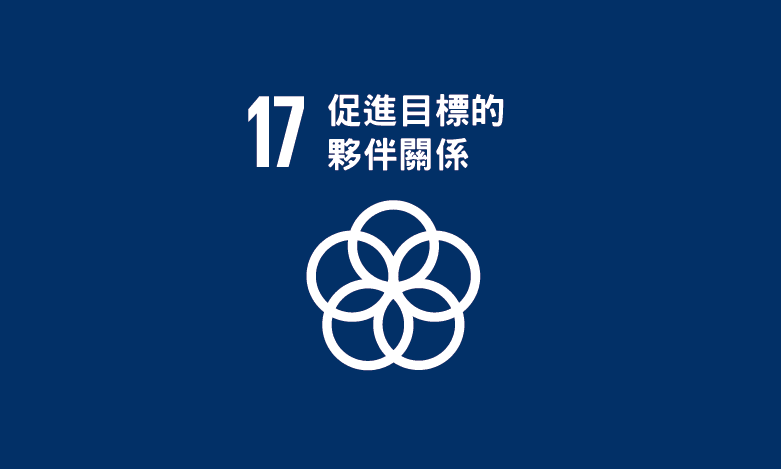SDG 2|零飢餓
- Impact Hub Taipei
- Sustainable Actions


2.1
By 2030, end hunger and ensure access by all people, in particular the poor and people in vulnerable situations, including infants, to safe, nutritious and sufficient food all year round.
至 2030 年前,確保所有人(尤其是貧窮和弱勢族群,包括嬰兒)全年皆能獲得安全、營養且充足的食物,全面終結飢餓的情形。

2.2
By 2030, end all forms of malnutrition, including achieving, by 2025, the internationally agreed targets on stunting and wasting in children under 5 years of age, and address the nutritional needs of adolescent girls, pregnant and lactating women and older persons.
至 2025 年時,全球共同制定減緩五歲以下孩童發育不良的目標,同時優先滿足青春期女孩、孕婦、哺乳期婦女及老年人的營養需求,在 2030 年前終結所有形式的營養不良情形。

2.3
By 2030, double the agricultural productivity and incomes of small-scale food producers, in particular women, indigenous peoples, family farmers, pastoralists and fishers, including through secure and equal access to land, other productive resources and inputs, knowledge, financial services, markets and opportunities for value addition and non-farm employment.
至 2030 年前,讓農村的生產力和小規模糧食生產者(尤其女性、原住民、農戶家庭、畜牧者和漁民)的收入皆能翻倍成長,透過安全且公平的方式獲得土地、相關知識教育和金融服務等資源,及提供非農業就業市場及產品增值的機會。

2.4
By 2030, ensure sustainable food production systems and implement resilient agricultural practices that increase productivity and production, that help maintain ecosystems, that strengthen capacity for adaptation to climate change, extreme weather, drought, flooding and other disasters and that progressively improve land and soil quality.
至 2030 年前,經由韌性農業耕作方式提高效率和產量,建立符合永續的糧食生產系統,進一步維持生態和強化農作物對於氣候變遷、極端氣候、乾旱和洪水等災害的適應能力,同時逐漸改善土壤品質。

2.5
By 2020, maintain the genetic diversity of seeds, cultivated plants and farmed and domesticated animals and their related wild species, including through soundly managed and diversified seed and plant banks at the national, regional and international levels, and promote access to and fair and equitable sharing of benefits arising from the utilization of genetic resources and associated traditional knowledge, as internationally agreed.
至 2020 年前,各國應以維護遺傳多樣性為目標,透過在國家、區域及國際各級的妥善管理,並建立種子和植物銀行,維護種子、植栽、家畜和野生物種的多樣性;並且確保各國依照協議公平的利用生物遺傳相關資源,和正當分配其產生之利益。

2.A
Increase investment, including through enhanced international cooperation, in rural infrastructure, agricultural research and extension services, technology development and plant and livestock gene banks in order to enhance agricultural productive capacity in developing countries, in particular least developed countries.
為提升開發中國家(尤其是最低度開發國家)的農業生產力,增加在農村的基礎建設、農業研究與其衍伸的服務、農業科技發展和植物及家畜基因庫的投資與國際合作。

2.B
Correct and prevent trade restrictions and distortions in world agricultural markets, including through the parallel elimination of all forms of agricultural export subsidies and all export measures with equivalent effect, in accordance with the mandate of the Doha Development Round.
依據世界貿易組織的杜哈回合貿易談判,糾正和預防國際農業市場的過度限制和市場扭曲,包括取消所有形式的農業出口補貼和其他產生不當影響的出口規範。

2.C
Adopt measures to ensure the proper functioning of food commodity markets and their derivatives and facilitate timely access to market information, including on food reserves, in order to help limit extreme food price volatility.
採取相關措施以確保農糧市場的正常運作及方便即時獲取糧食儲備資訊,以利限制極端的價格波動。
2015 年 9 月 25 日,聯合國成立 70 週年之際,世界領袖們齊聚聯合國紐約總部,舉行「聯合國發展高峰會」,基於千禧年發展目標未能達成的部份,發佈了《翻轉我們的世界:2030 年永續發展方針》。這份方針提出了所有國家都面臨的問題,並基於積極實踐平等與人權,規畫出 17 項永續發展目標及 169 項追蹤指標,作為未來 15 年內(2030 年以前),成員國跨國合作的指導原則,而 17 項永續發展目標,都需透過169 項追蹤指標來進一步解釋,同時也透過追蹤指標,來評估永續發展目標是否被達成。
而 Impact Hub 作為全球最大的社會創新網,從2016年開始,Impact Hub Taipei 將聯合國永續發展目標(SDGs)融入品牌精神中並以此為號召,將永續的概念帶進學校、企業及公部門,串連更多夥伴一起加入永續行動的行列,透過夥伴關係達成永續發展目標,讓影響力從這裡開始發生!若您想了解如何讓企業內部員工認識永續發展,或是如何於學校授課課程中融入永續發展知識,都歡迎與我們聯繫,聯絡信箱 [email protected]。



